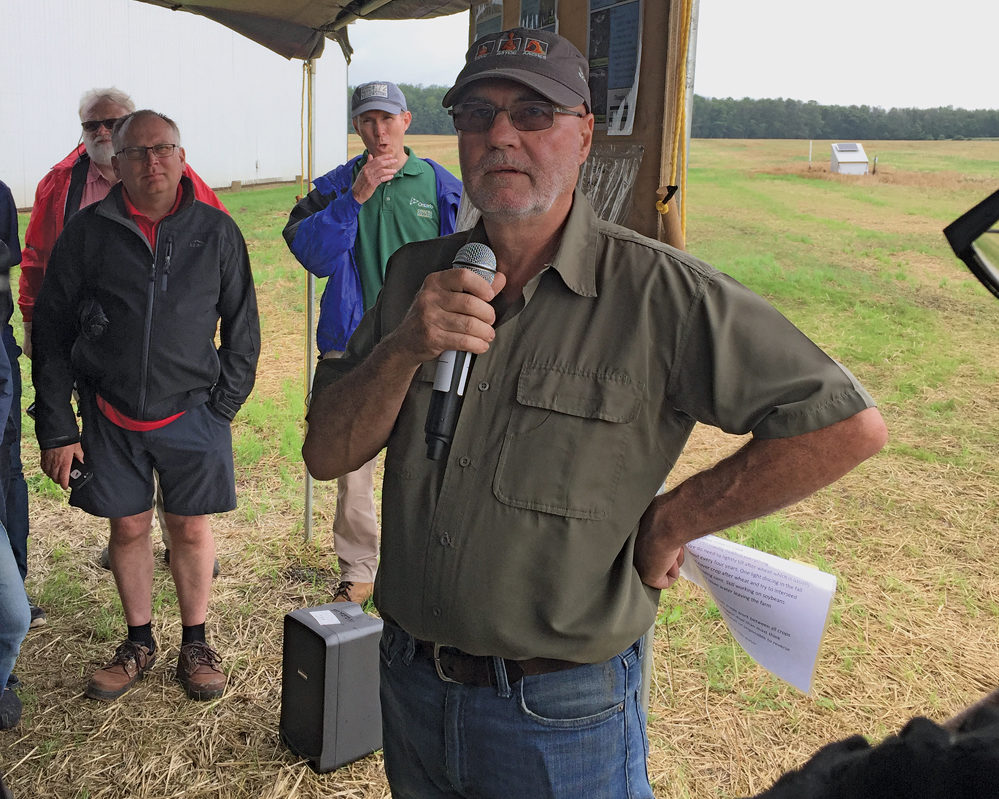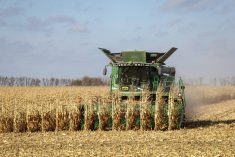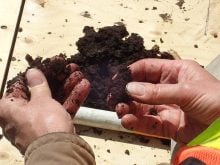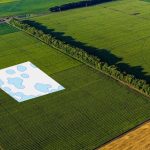Farmers have reduced the amount of soil they lose through annual cropping practices, but they continue to carry a costly legacy of degraded soils, a University of Manitoba soil scientist says.
David Lobb used crop production data and computer models to estimate how much lost productivity has occurred over the past four decades due to soil erosion.
The numbers he came up with were startling.

“When we did the analysis, looking at the accumulated soil loss and its impact on yield accounting for changes in tillage systems, cropping changes that have occurred across the country the actual loss in production, the actual loss in associated economic value is about $3.1 billion on an annual basis,” Lobb said in an interview following his presentation to the Soil Conservation Council of Canada soil summit here.
“If you looked at what cumulatively would have occurred from the 1970s to now you are probably looking at between $40 billion and $60 billion lost in terms of economic potential for the ag industry,” he said. Increased applications of fertilizer and better genetics may help mask some of the effects, but they come at a cost too.
Read Also
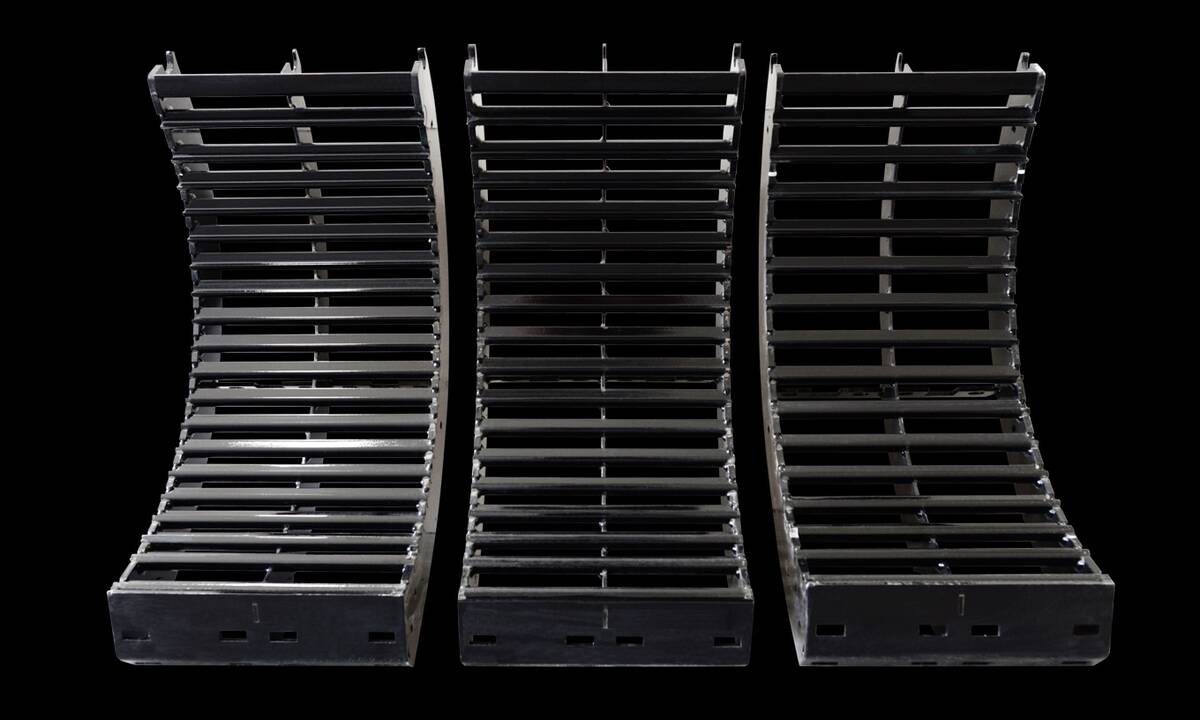
MANITOBA AG DAYS 2026: Stacked equipment category expected at Innovation Showcase
Ten of 28 Innovation Showcase entries at the Manitoba Ag Days 2026 farm show Jan. 20-22 in Brandon are in the equipment category.
The cost is actually much higher because Lobb only looked at the direct effects on crop production.
“We didn’t look at the inefficiencies associated with higher input use like pesticides and fertilizer that commonly occurs in highly degraded landscapes, and we didn’t look at any of the off-field effects like sedimentation in ditches and navigable waterways or any ecological services associated with algal blooms or eutrophication of surface waters,” he said.
“The indirect costs associated with off-site impacts and water quality is often assumed to be equal if not larger than the on-site effects,” he noted.
Perceptions
Lobb said he wanted to quantify the cost of degraded soils in economic terms to hammer home the message that even though progress has been made on reducing erosion, little has been done to address the damage that has already been done.
“I think there was a perception that if you want to no till and you stopped the soil erosion, the soil would regenerate or restore itself,” he said.
But that doesn’t happen on its own, at least not for a very long time.
Bob McIntosh, a Perth County farmer who has been practising zero tillage for 27 years, said restoring degraded soils is a “lifelong” process with mediocre results. His experience mimics the results of long-term cropping studies in the area that show gains in soil organic matter, even under careful management, are slow. He said efforts must continue to reduce tillage and incorporate cover crops into farming systems.
Lobb said farmers in some areas are trying to speed up the natural soil-building process by applying high organic matter inputs, such as adding high rates of manure to their eroded knolls, growing forages or cover crops.
The economics also support transporting soil that has been moved by tillage and water erosion into low spots back onto the tops of knolls.
Adam Hayes, an extension adviser with the Ontario Ministry of Agriculture, Food and Rural Affairs (OMAFRA), told participants in the summit tour farmers can recover the cost of landscape restoration within four to six years through increased productivity. Restoring eroded knolls in that fashion can result in yield improvements of between 40 and 130 per cent in dry years and two to 33 per cent in wet years.
Lobb said governments and farmers need to realize that every soil loss event has long-term implications for a farm’s productivity, yet soil conservation seems to be falling through the cracks.
“There has been a steady decrease in interest in soil conservation,” he said.
Farmers’ best defence is a good offence, avoiding the loss of soil in the first place, he said.
Don Reicosky, a retired soil scientist with the USDA Agricultural Research Service, told the conference that in his view, the term “conservation tillage” is an oxymoron. Conservation tillage is defined as retaining 30 per cent residue cover on the surface. “That means there is 70 per cent bare soil,” he said.
Man-made tillage in any form destroys the soil’s structure and is catastrophic to the micro-organisms living within it, he said.
Conservation agriculture
True conservation agriculture focuses on building carbon in the soil, not its steady depletion. “CO2 loss is proportional to the volume of soil disturbed,” Reicosky said.
“The solution lies in conservation agriculture, which brings together innovation, new technology and systems concepts focused on carbon management,” he said.
Don Lobb, a retired Ontario farmer who was inducted into the Canadian Conservation Hall of Fame in 1992 for his support of research to better understand soil health, said part of the problem is the industry’s focus on increasing production. He’s calling for “an agronomic shift in focus” from crop production to soil care.
“This is essential for reliable, sustainable, environmentally friendly food production,” he said.
He also noted that past civilizations who mismanaged their soil resources simply moved to a new frontier when their soils became unproductive. “We are on a familiar path,” he said, noting that with most of the world’s productive land already in use, and with most of it at various stages of degradation, there may be nowhere to go.
“The only remaining ‘new frontier’ is intensive, scientifically sound, responsible soil management,” he said.


